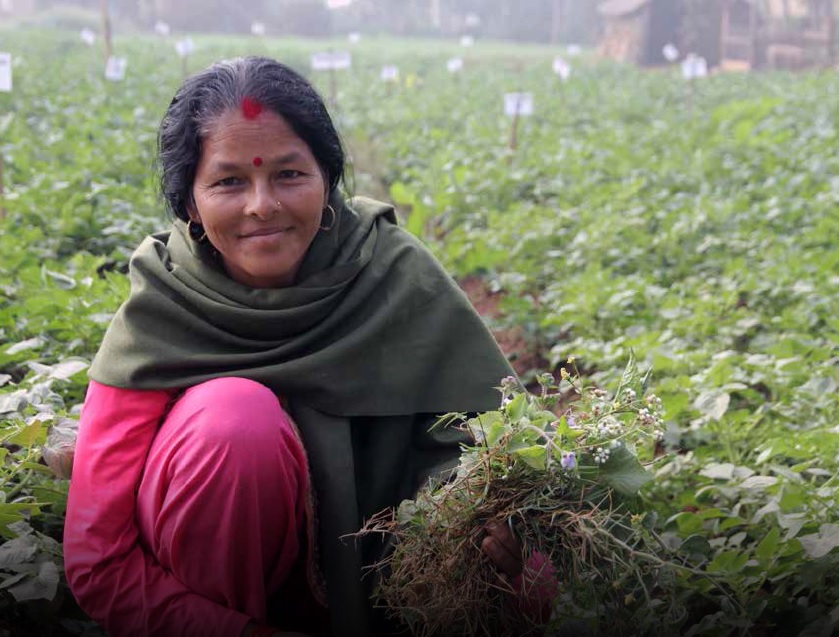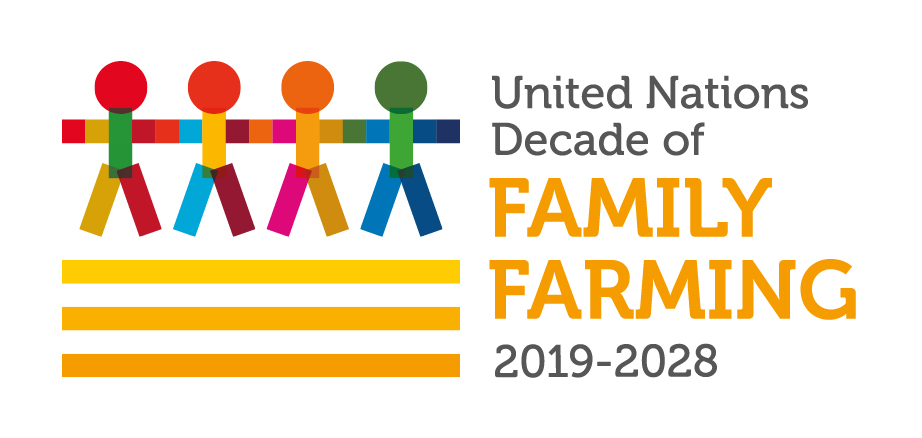DOWNLOAD ENGLISH VERSION: Is-GAFSP-reaching-small-scale-food-producers-in-Nepal_English
DOWNLOAD NEPALI VERSION: Is-GAFSP-reaching-small-scale-food-producers-in-Nepal_Nepali
Introduction: The GAFSP supported AFSP in Nepal
Despite progress being made in recent decades to reduce poverty in Nepal, World Bank figures show that 25.2 percent of the population was still living below the national poverty line in 2010.1 The proportion of undernourished people decreased from 22.8 percent in 1990-1992 to 9.2 percent of the population in 2010-2012.2 Maternal and child malnutrition remains a serious problem.
Agriculture is key to eradicating hunger in Nepal. More than three quarters of Nepalese households are agricultural households.4 The sector provides livelihoods for a large majority of the population, but accounts for only 34 percent of the GDP.5 Nepal is a diverse, unequal and fragmented society, with 103 different social groups, distinguished by caste, ethnicity, religion or language.6 Poor rural people tend to be concentrated in specific ethnic, caste and marginalized groups, particularly those of the lowest caste (Dalits), indigenous people (Janajatis) and women.
Although women make up 65 percent of the workforce in agriculture,7 there is a significant gap between women and men in terms of access to health care, nutrition, education and participation in decision-making. Many rural women live in extreme poverty.
Fair access to productive land is a critical issue in Nepal, as land ownership has traditionally been concentrated in a feudal system. More than 50 percent of Nepal’s farmers operate less than 0.5 ha of land and account for less than 19 percent of the total surface of agricultural land in the country.
The Global Agriculture and Food Security Program (GAFSP) Multi-Donor Trust Fund, through its Public Sector Window, supports the Nepal Agriculture Food Security Project (AFSP). The project aims to improve food security and nutrition through increased food availability (by increasing the productivity of crops and livestock) and through improved dietary intake (by promoting diversified diets and improved feeding and caring practices for pregnant and nursing women, and children up to 2 years old). Nineteen of Nepal’s 75 districts are targeted by the project, with a focus on the Mid-Western and Far-Western regions. The project set out to directly reach nearly 162,500 beneficiary households of 190 Village Development Committees (VDC) over a period of five years (2013-2017), including approximately 150,000 of the regions’ poorest farmers, 50,000 young mothers, children and adolescent girls, and 25,000 agricultural workers.
The total funding for the project was US$58 million, with a US$46.5 million contribution from the GAFSP, and a US$ 11.5 million contribution from the Government of Nepal. The World Bank is the supervising entity for the project, while the Food and Agriculture Organization of the United Nations provides technical assistance. The project has been jointly implemented by the Ministry of Agricultural Development, the Ministry of Health and the Ministry of Livestock Development.
DOWNLOAD ENGLISH VERSION: Is-GAFSP-reaching-small-scale-food-producers-in-Nepal_English
DOWNLOAD NEPALI VERSION: Is-GAFSP-reaching-small-scale-food-producers-in-Nepal_Nepali





Comments are closed